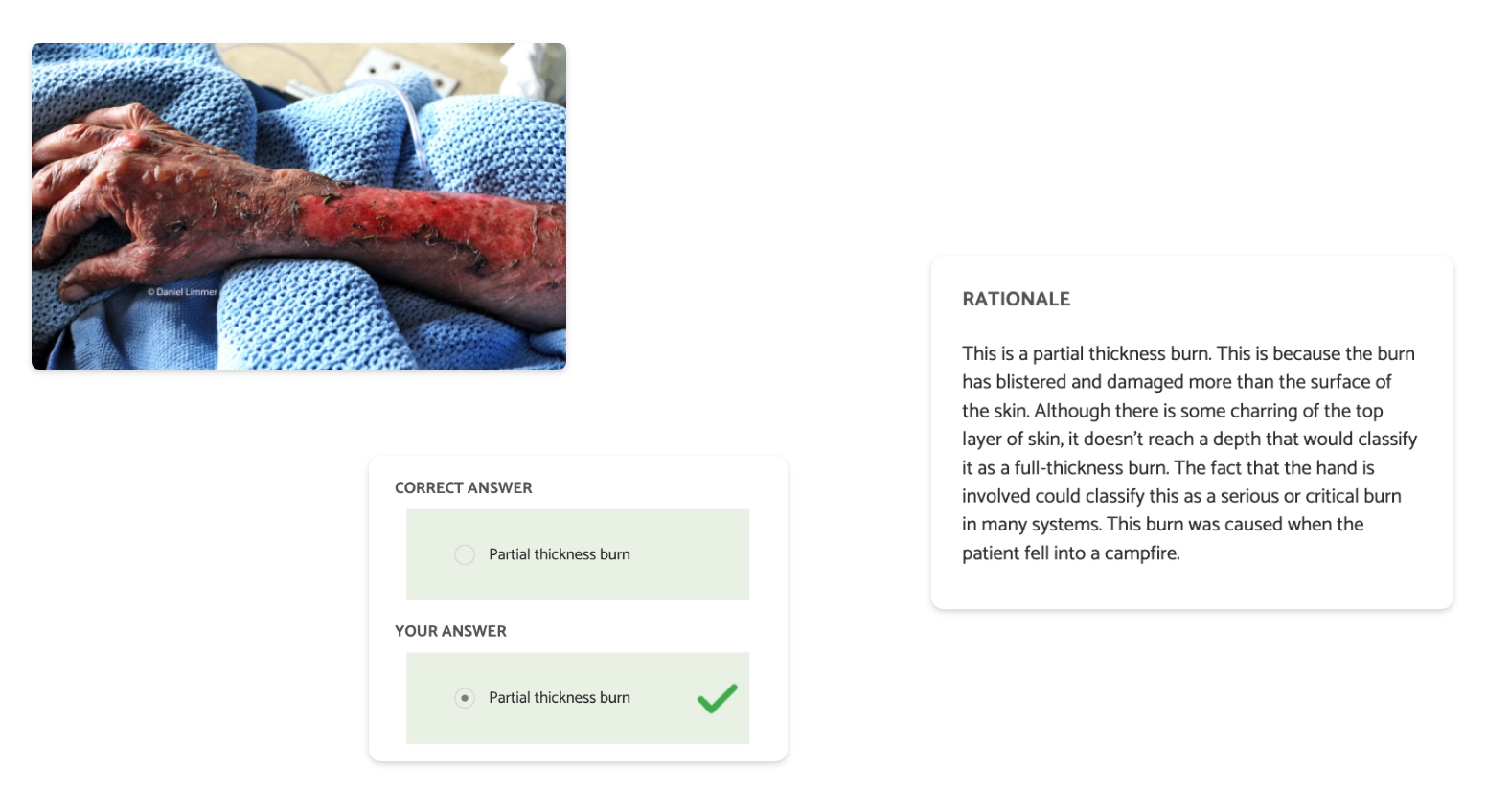

Trusted Education for the Future of EMS
NREMT prep and classroom solutions that build better providers.
The Limmer Advantage








Made by NREMT Experts
Clinical Depth
From Class to Field and Beyond




NREMT Success
Help students succeed on their exams. Our apps focus on critical thinking, pattern recognition and pathophysiology.
Get startedAfter using your products and learning how to attack and understand questions I felt more confident than ever. The material you offer is amazing! It helped me to finally pass my NREMT! – Trevor D.
Educator Tools
We’re here to help you create a more dynamic, inspiring, and productive classroom.
Get startedI recommend Limmer resources to all my students. The pass rates are much higher and students have shown to be more efficient and effective in the field as a result. – Scott Stephens
Knowledge & Application
Our NREMT remediation courses help users pass… and give them relevant, deep understanding. 24-hr. EMT / 36-hr. AEMT
Get startedMy saving grace! I completed your online remediation and went in to take my third attempt and passed! Thank you!! – Sidney F.
CAPCE Approved
The 7 Things EMS podcast provides fluff-free, boredom-free CE for a variety of topics, from education to toxicology.
Get startedThank you for this podcast. I have learned so much and love that I can get CE for listening. – Julie R.

Find Your Match
We have a wide variety of apps for all different stages of your EMS education.
Use our product finderFrom our EMS Articles
Loved by EMS Students, Educators and Institutions
-
-
I recently let my registry lapse and had to take the new test. Because of your products, I walked into the test confident and had a very good handle on the necessary intellectual stamina it took to pass the new test. Your videos on how to interpret the question stems, and the new section that mimics the mechanics of the new test were instrumental in my preparation.
Jonathan "JoJo" AbuanProvider -
On my third and final attempt at the NREMT exam I am relieved to say that I am now NREMT certified! Preparing for this exam brought with it so much stress, which was good in part, as I was truly ill-prepared to work in EMS. This [EMT Remediation] course was logical and challenging, teaching me valuable skills and knowledge. However, most importantly I learned how to think more critically and calculated when faced with a patient.
MaxEMT
-
-
-
I passed thanks to your 2 Hour NREMT Review video. That’s what made the difference for me. Thank you!
HollyProvider -
I love your products. I downloaded the EMT PASS app and passed on the first try. Your questions and test taking strategies have great value to us active learners!
Brad IllingEMT
-
-
-
I finally passed my test (fourth time taking it) and it was all to this [EMT Remediation] class. I realized that I knew the material well, but I did not know how to answer the questions properly. Also a lot of what I learned was not up to date compared to this class. So thank you so much for this as it was the reason I was finally able to successfully pass.
Nolan RademakerEMT -
I love love LOVE Limmer Education! I worked hard, but the test prep helped me focus on my weaknesses and I smoked NREMT the first time! I use their products STILL for a refresh on my knowledge.
Daneel DennisEMT
-




